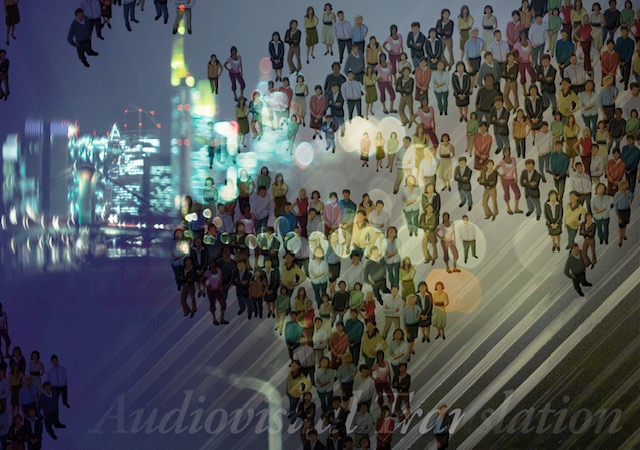Combining Intersemiotic and Interlingual Translation in Training Programmes: A Functional Approach to Museum Audio Description
DOI:
https://doi.org/10.13133/2239-1983/18225Abstract
This paper seeks to put forward a didactic proposal focused on museum audio description (AD) to be implemented with post-graduate students attending a translation studies course within a Languages and Communication programme. The aim is to raise students’ awareness of translation and accessibility practices in the cultural and creative industries and train specialised translators and describers. The proposal includes two different but complementary levels. On a more theoretical side, museum AD is introduced, both as a form of intersemiotic translation and as an interpretative tool in the museum’s wider communication framework. From a practical point of view, we draw on Mazur (2020), who exploited the functional model proposed by Nord (2018 [1997]) with her translation-oriented text analysis in the context of screen AD training. We suggest that it may also be adapted to serve as a guiding methodology for prospective museum translators and describers. In doing so, intersemiotic translation is combined with interlingual translation to train students to (1) audio describe specific artworks/artefacts in their first language (L1) and (2) translate the produced ADs into their second language (L2).
##submission.downloads##
Pubblicato
Come citare
Fascicolo
Sezione
Licenza
Gli autori che pubblicano su questa rivista accettano le seguenti condizioni:- Gli autori mantengono i diritti sulla loro opera e cedono alla rivista il diritto di prima pubblicazione dell'opera, contemporaneamente licenziata sotto una Licenza Creative Commons - Attribuzione che permette ad altri di condividere l'opera indicando la paternità intellettuale e la prima pubblicazione su questa rivista.
- Gli autori possono aderire ad altri accordi di licenza non esclusiva per la distribuzione della versione dell'opera pubblicata (es. depositarla in un archivio istituzionale o pubblicarla in una monografia), a patto di indicare che la prima pubblicazione è avvenuta su questa rivista.
- Gli autori possono diffondere la loro opera online (es. in repository istituzionali o nel loro sito web) prima e durante il processo di submission, poiché può portare a scambi produttivi e aumentare le citazioni dell'opera pubblicata (Vedi The Effect of Open Access).


